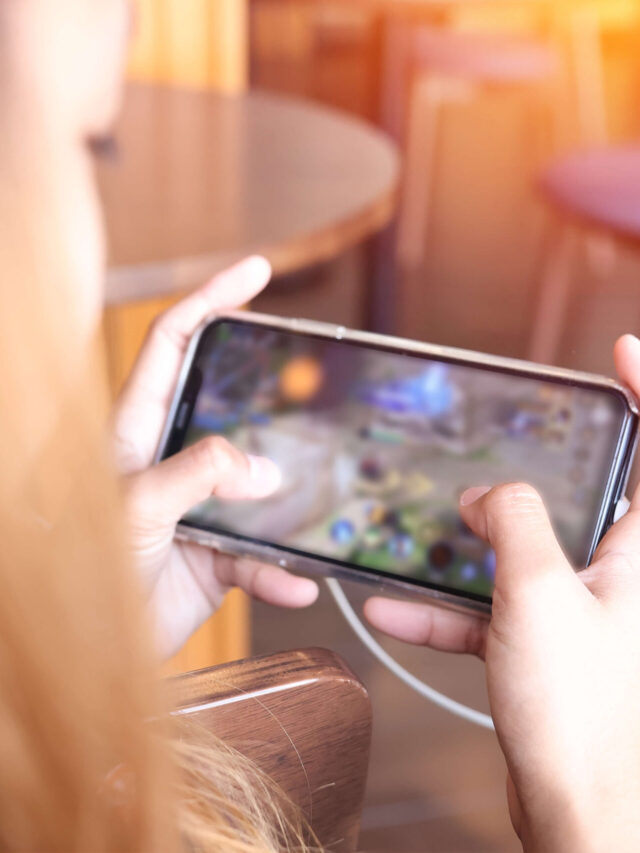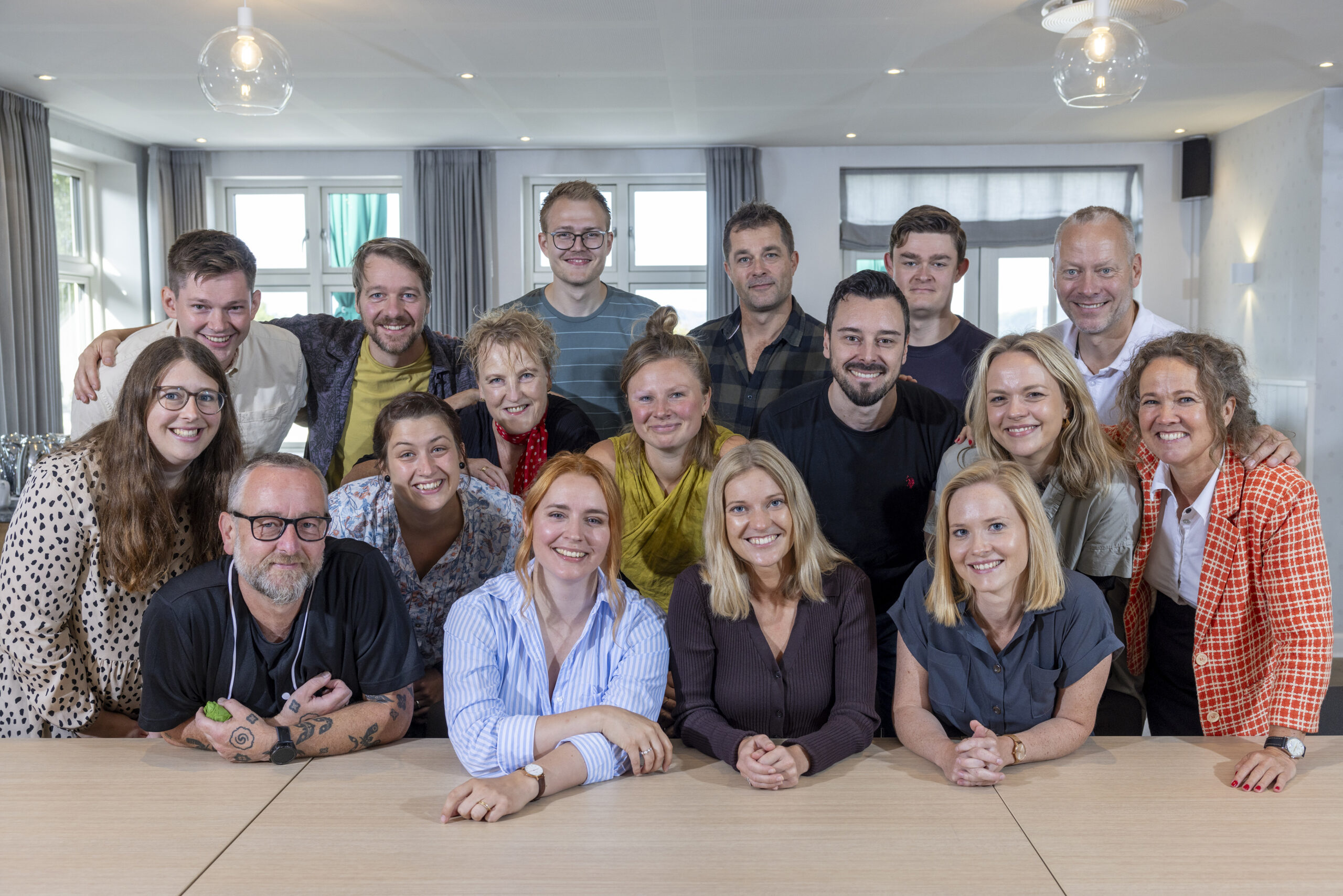A ground-breaking framework for good online counselling practice
It is finally here. Two years of project work in collaboration with five other organisations (YouthNet, Depaul UK and 42nd Street from United Kingdom, Associazione Photofficine Onlus from Italy and The Institute for Research and Development “Utrip” from Slovenia) has led to the composition of a Best Practice Guide, supported by Daphne, which contains a number of recommendations for successfully implying online counselling in the work with supporting youth who self-harm.
Centre for Digital Youth Care’s online counselling offer for children and young people, Cyberhus, has been the Danish ambassador of the project. Read more about some of the elements that we have worked with through the project here and here (please note that the posts are in Danish).
In connection with the conference held in London in December, where the guide was presented, Youthnet wrote in a press release: “The link between the internet and self-harming among young people has long been a controversial subject with much debate over whether the internet is to blame for the rise in self-harming among young people. However, the research found that the internet is profoundly influencing young people’s help-seeking behaviour and the majority of young people who self-harm go online for information, advice or emotional support. By using the results the six organisations have reached, the consortium has compiled a ground-breaking framework for good practice by practitioners for practitioners”.
… And I agree with that. I think that we have succeeded in converting experience gained from online chat sessions, mail counselling, debates, user surveys and interviews with the youth during the last two years, into a handful of thorough, exact and easily accessible recommendations, which can be helpful for any organisation that wishes to offer online counselling.
Read the guide and judge yourself. The guide contains 87 pages – get directly to the recommendations by turning to page 68.
The composition of the recommendations is based on more than 50,000 counselling sessions and 1,000 interviews with young people spread out between the six participating organisations during the last two years. And this is what makes the difference – the fact that the youth have been heard throughout the project and their opinions and feedback have influenced the final recommendations.
And the voices of the youth also made up the best experience when the Best Practice Guide was presented in London back in December. Here Frankie and Steph told how important meetings with professional adults and other peers who self-harm have been for them and how it enabled them to fight and get out of the isolation and shame, which all the young people that we have been in contact with, during the project, say is the primary reason for not seeking help.
The actual presentation of the guide was an exciting experience and the English doctor Ranj Singh facilitated a panel discussion between representatives from the participating organisations and invited guests from the press.
It led to advantageous discussions and enabled us, as a participating organization, to elaborate on and go into further detail with our experiences from the project together with the guests.
All in all, the project has been a positive experience and I hope that the Guide and the recommendations in it will be a stepping stone towards a continuously collaboration to disseminate and implement online counselling at other organisations. First of all, at organisations working with young people who self-harm, but I believe that other organisations who work with other issues as for example; eating disorders, sexual abuse, suicide thoughts and mental sufferings, can gain from using the recommendations. That is simply because, according to my experience as a pedagogical coordinator at Cyberhus, youth who deal with these issues face the same barriers such as isolation, shame and the fear of not being understood and taken serious. These are all barriers that can be overcome by the aid of online counselling – that is what our project has shown.
Written by Niels-Christian
]]>



Hvis du vil sætte et par ord på din feedback, vil det hjælpe os rigtig meget til at forbedre vores indhold.